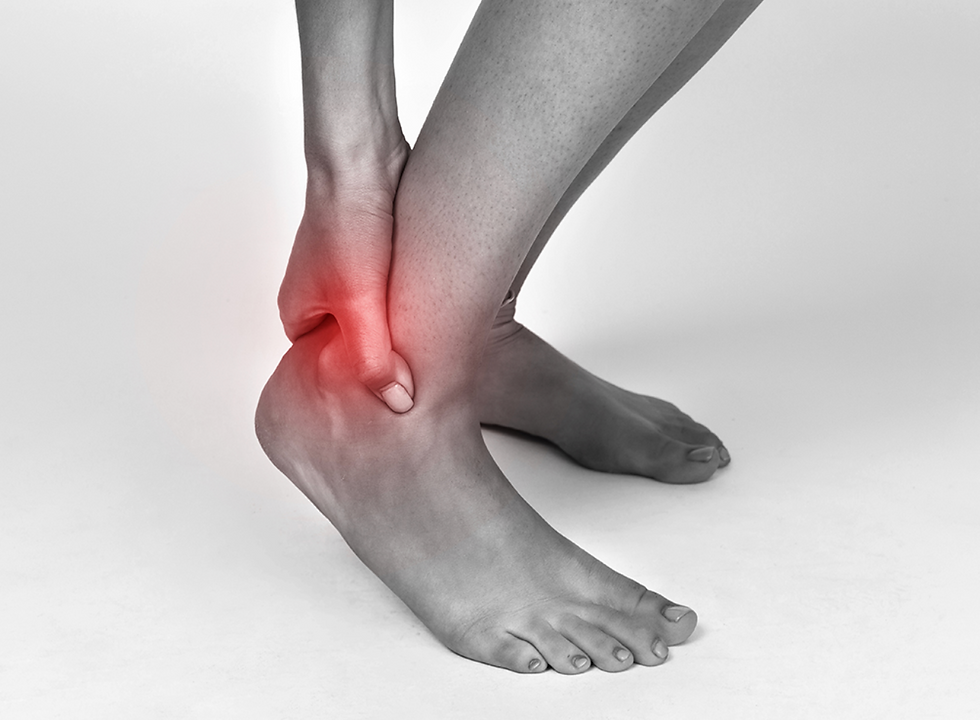Physiotherapy Parkinson's Disease Management
- E-Young Khoo
- Sep 9, 2025
- 2 min read
Updated: Sep 12, 2025
Understanding Parkinson’s Disease
Parkinson’s disease is a progressive neurological condition that affects movement, balance, and coordination. While there is currently no cure, early and ongoing intervention through physiotherapy can play a vital role in helping individuals maintain function, independence, and quality of life.
Parkinson’s disease primarily affects the brain’s ability to produce dopamine, a neurotransmitter that helps regulate movement. As dopamine levels decline, individuals may experience:
Tremors
Muscle rigidity
Slowness of movement (bradykinesia)
Postural instability
Gait difficulties (e.g. shuffling, freezing)
Decreased facial expression and speech changes
These symptoms often lead to increased falls risk, fatigue, and difficulty with everyday activities such as walking, dressing, and turning in bed.
The Role of Physiotherapy in Parkinson’s Management
Physiotherapy aims to maintain mobility, reduce stiffness, improve balance, and promote functional independence. Here’s how:
1. Improving Mobility and Movement
Physiotherapists use targeted exercises and movement strategies to help counteract slowness and rigidity. Techniques may include:
Cueing strategies (e.g. visual or auditory cues) to improve walking speed and reduce freezing episodes
Big movements therapy (e.g. LSVT BIG) to encourage exaggerated movements and combat bradykinesia
Rhythmic gait training to help restore smoother, more confident walking patterns
2. Enhancing Balance and Preventing Falls
Parkinson’s can significantly impair postural control. Physiotherapy can reduce falls risk through:
Static and dynamic balance training
Core strengthening exercises
Safe strategies for turning, reaching, and navigating tight spaces
Education on home safety and assistive device use
3. Building Strength and Flexibility
Muscle weakness and stiffness are common in Parkinson’s. A tailored physiotherapy program can help:
Maintain joint range of motion
Improve muscular strength and endurance
Relieve musculoskeletal pain caused by poor posture or asymmetry
4. Supporting Daily Function and Confidence
By addressing mobility issues and fatigue, physiotherapy empowers individuals to participate more confidently in daily activities like:
Getting in and out of chairs or bed
Climbing stairs
Bathing, dressing, and preparing meals
Participating in hobbies and social outings
5. Promoting Long-Term Brain Health Through Exercise
Research shows that regular physical activity may have neuroprotective effects in Parkinson’s. Physiotherapists are ideally positioned to design structured and safe exercise programs that support:
Cardiovascular fitness
Mental wellbeing
Slower progression of motor symptoms
How Physiotherapy Sessions Are Tailored
Every person with Parkinson’s presents differently, and a skilled physiotherapist will:
Conduct a thorough assessment of movement, strength, balance, and gait
Understand individual goals and challenges
Develop a customised treatment plan (clinic-based, home-based, or a combination)
Monitor and adjust the program as needs evolve over time
When Should You Start Physiotherapy?
Early intervention is key. People diagnosed with Parkinson’s should begin physiotherapy as soon as possible, even if symptoms are mild. Early assessment and education can help delay the onset of mobility issues and create a long-term plan tailored to your goals and lifestyle.
Book Today to easy your journey.



Comments